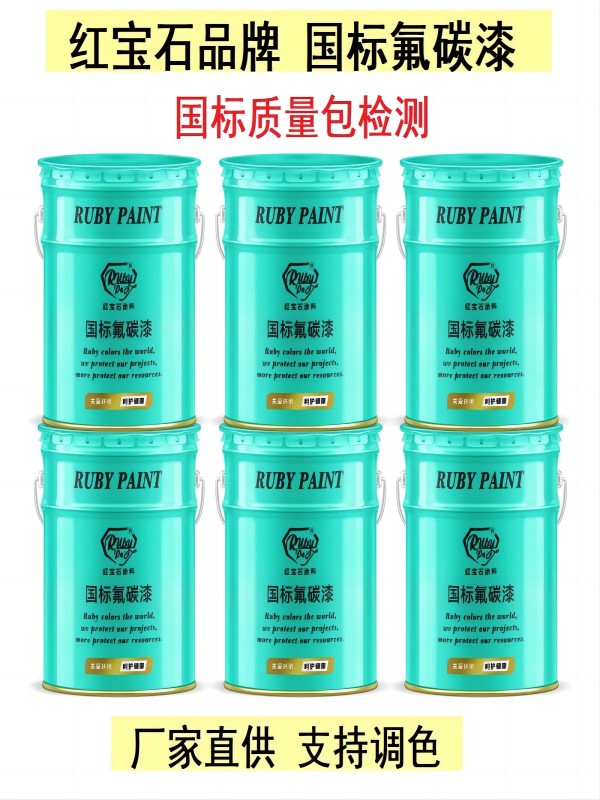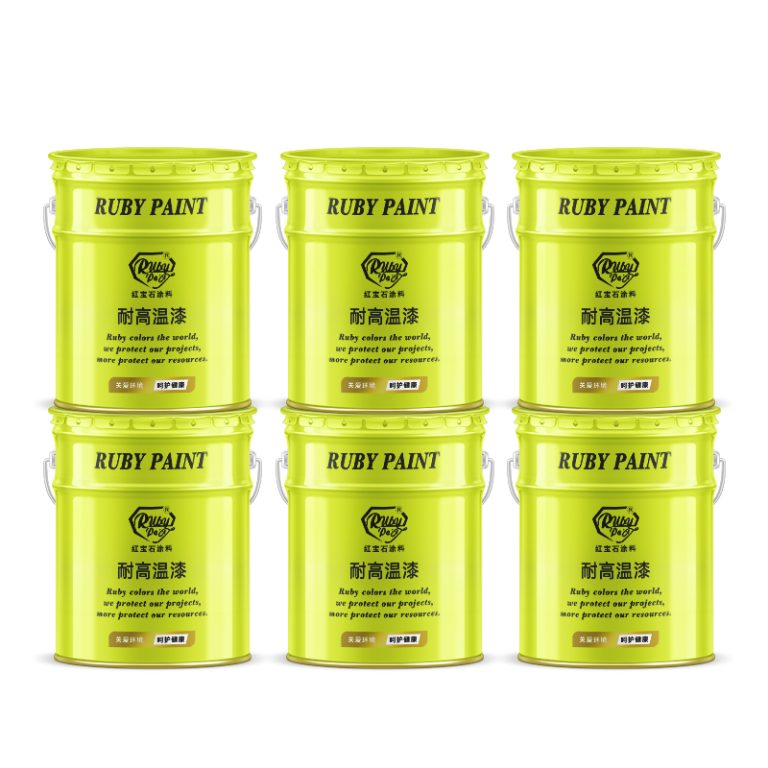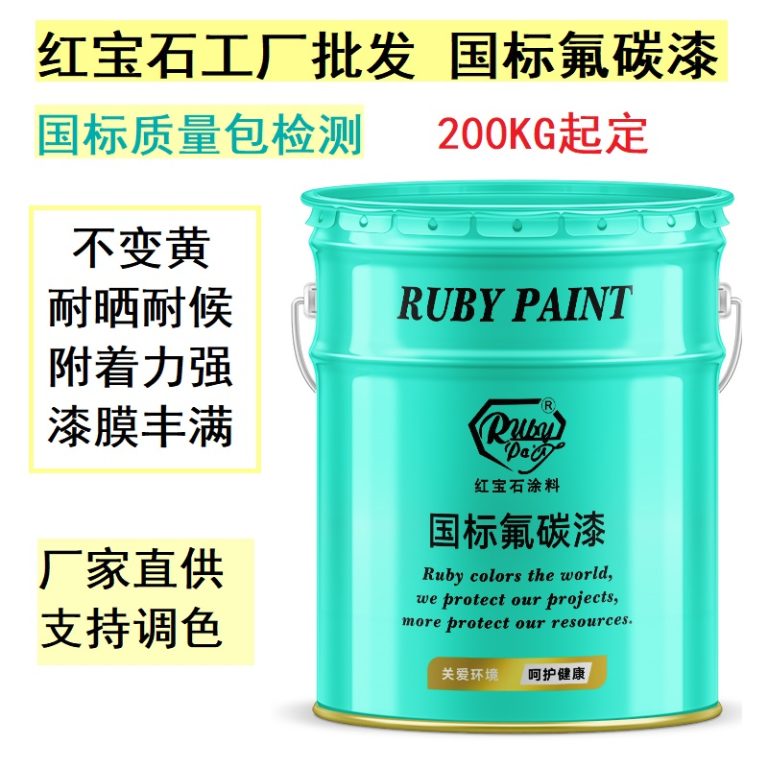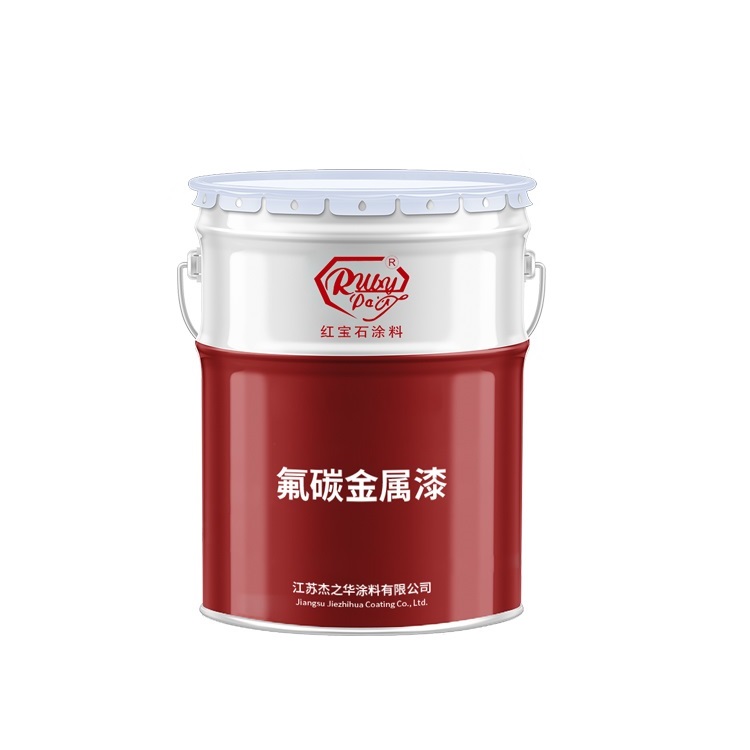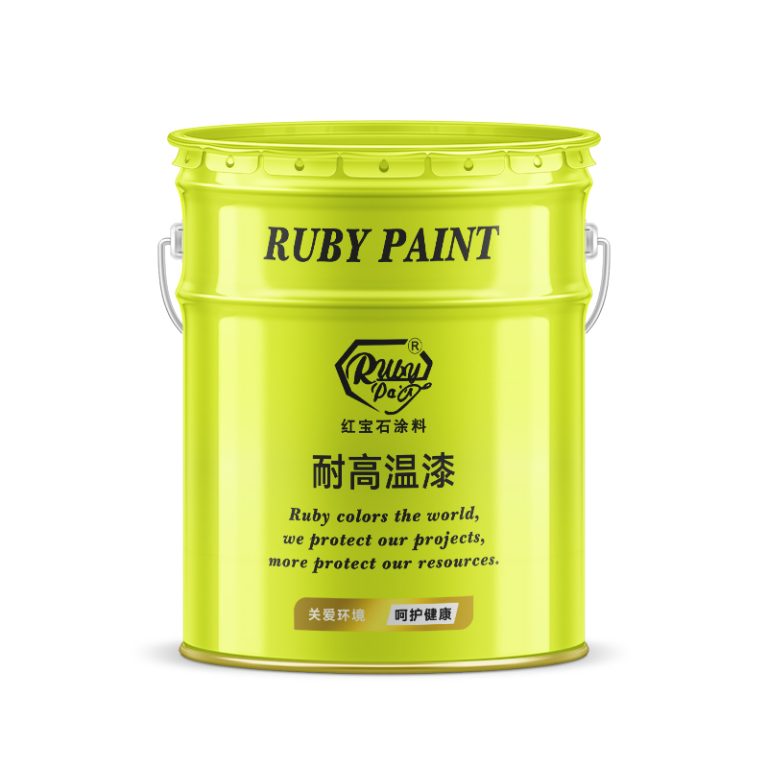Table of Contents
Differences Between Primer Guns and Paint Guns: Performance and Application
Primer guns and paint guns are essential tools in the automotive and painting industries, each serving a specific purpose in the preparation and finishing of surfaces. While both types of guns are used to apply coatings, they differ significantly in terms of performance and application, making it crucial to understand their distinct characteristics to achieve optimal results.
| Serial Nr. | Commodity Name |
| 1 | Epoxy Zinc rich paint |
Primer guns are specifically designed to apply primer, a preparatory coating that is applied to materials before painting. Primer serves as a bonding agent that helps paint adhere better to the surface, and it also provides an additional layer of protection against corrosion, moisture, and other environmental factors. Primer guns are engineered to deliver a thicker and more viscous material compared to paint guns. This is because primer formulations are generally denser and require a more robust application to create an even and effective base layer. As a result, primer guns typically feature larger nozzle sizes and higher fluid delivery rates to accommodate the consistency of the primer.
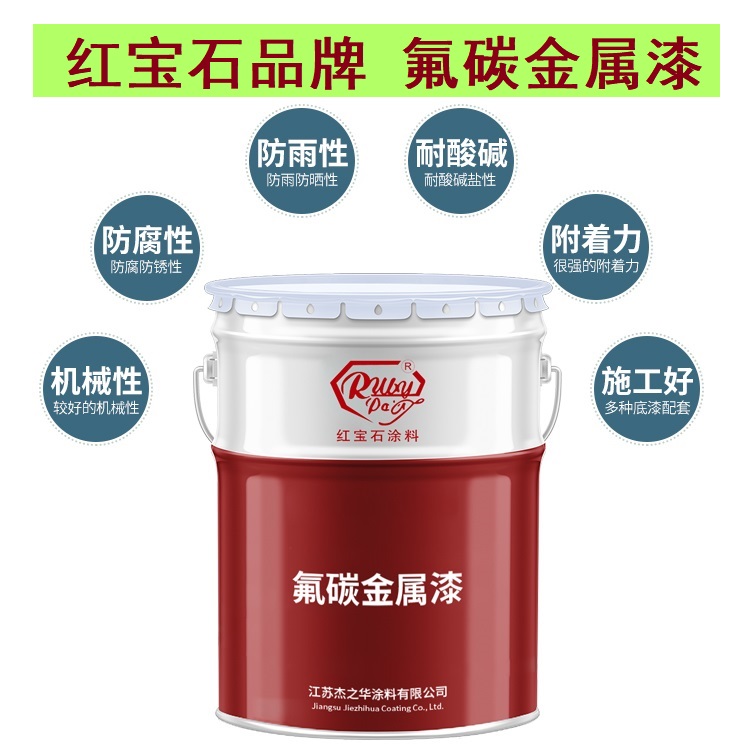
The performance of primer guns and paint guns also varies based on the type of material being applied. Primer guns are optimized for high-build and filling properties, which are essential for correcting surface imperfections and ensuring a smooth substrate for the subsequent layers of paint. In contrast, paint guns focus on achieving a flawless finish with attention to color accuracy and gloss retention. This makes paint guns ideal for the final stages of the coating process, where aesthetic considerations are paramount.
When it comes to application, primer guns and paint guns cater to different stages of the painting process. Primer guns are used during the initial stages of surface preparation, where the primary goal is to create a strong and even foundation for the paint layers. The application of primer is generally less concerned with aesthetics and more focused on functionality and durability. Conversely, paint guns are employed in the later stages of the process, where the visual aspects of the coating come into play. The application of paint requires a more meticulous approach, with careful attention to detail to ensure a smooth and attractive finish.
In conclusion, primer guns and paint guns are specialized tools that serve distinct purposes in the coating process. Understanding the differences in performance and application between these two types of guns is essential for achieving the desired results in any painting project. By selecting the appropriate gun for each stage of the process and adjusting the settings to suit the specific material being applied, professionals can ensure a successful and visually appealing outcome.
Choosing the Right Tool: Primer Gun vs Paint Gun for Automotive Projects
When embarking on an automotive painting project, selecting the right tool is crucial for achieving a professional finish. Two common tools used in the automotive industry are primer guns and paint guns. While both serve the purpose of applying coatings to a vehicle, they are designed for different stages of the painting process and have distinct features that make them suitable for specific tasks.
| Nr. | Article Name |
| 1 | Fluoracarbon finish paint |
A primer gun, as the name suggests, is specifically designed for the application of primer. Primer is the first layer of coating applied to a vehicle’s surface to ensure proper adhesion of paint and to enhance the durability of the paint job. Primer guns are engineered to handle the viscosity and specific properties of primer, which is typically thicker than paint. These guns often have larger nozzle sizes, usually ranging from 1.8mm to 2.2mm, which allows for the smooth and even application of the heavier primer material. The use of a primer gun ensures that the primer layer is applied uniformly, providing an ideal surface for the subsequent layers of paint.
On the other hand, a paint gun, also known as a spray gun, is used for the application of the base coat and clear coat layers. Paint guns are designed to work with the thinner viscosity of these materials compared to primer. They typically feature smaller nozzle sizes, generally between 1.2mm and 1.4mm, which helps achieve a finer atomization of the paint. This results in a smoother and more even finish, which is essential for the visible layers of an automotive paint job. Paint guns also offer more options for adjusting the spray pattern and flow control, allowing for greater precision during the painting process.
Choosing between a primer gun and a paint gun depends largely on the specific requirements of the project. For the initial stages of an automotive paint job, where the primary goal is to prepare the surface and ensure good adhesion, a primer gun is the appropriate choice. Its ability to effectively apply a thick, uniform layer of primer is key to laying the groundwork for a successful paint job. Once the primer has been applied and adequately cured, a paint gun becomes the tool of choice for applying the base coat and clear coat. The paint gun’s precision and ability to produce a fine finish are crucial for achieving the desired aesthetic and protective qualities of the final paint layers.
It is also worth noting that while some professionals may use a single gun for both primer and paint by changing the nozzle and making adjustments, having separate guns for each material can be beneficial. Using dedicated guns can prevent potential contamination between the primer and paint, and it eliminates the need to switch nozzles and recalibrate the gun settings between stages. This can save time and reduce the risk of errors during the painting process.
In conclusion, both primer guns and paint guns are essential tools for automotive painting projects, each serving a specific purpose in the multi-stage process. Understanding the unique functions and features of each type of gun will help you choose the right tool for each stage of your project, ultimately leading to a more efficient workflow and a higher-quality finish. Whether you are a professional automotive painter or a DIY enthusiast, having the right equipment is key to achieving outstanding results.

